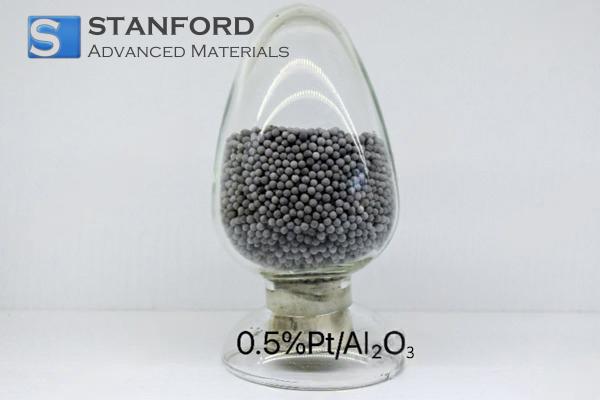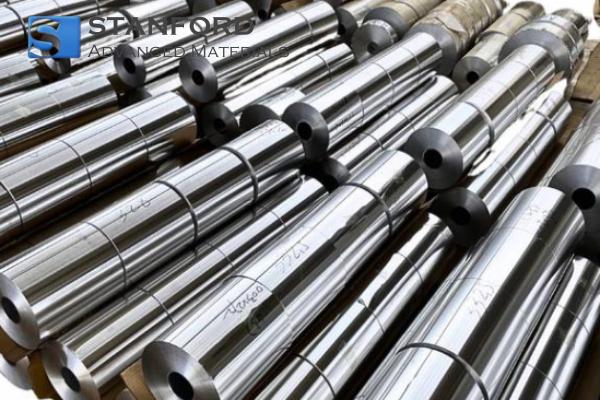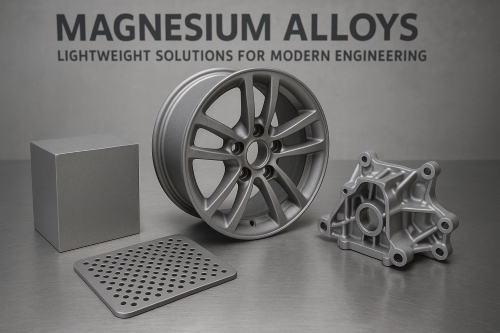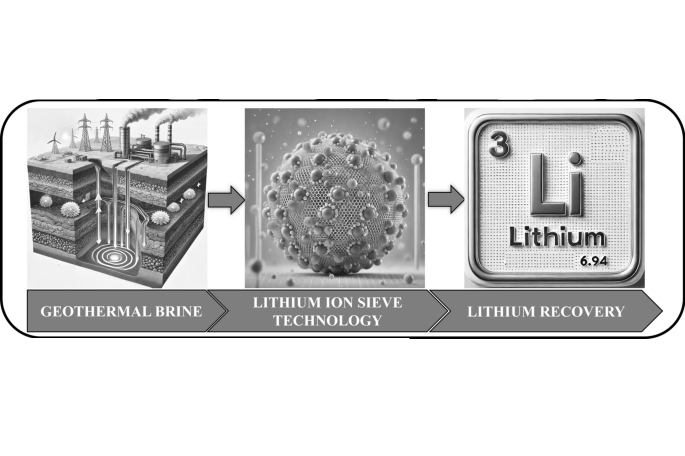High-temperature Applications Of TZM Alloy
TZM-Legierung, also known as TZM-Molybdän-Legierung, refers to the titanium-zirconium-molybdenum alloy. Generally, the alloying elements determine the fundamental properties of alloys within the same series. Titanium, zirconium and molybdenum have favourable thermal properties that support performance in high-temperature environments.

The molybdenum TZM alloy is a commonly used engineering material for high-temperature applications. Pure molybdenum and its molybdenum alloys are known to develop a pronounced subgrain structure and texture during hot working. These microstructural aspects influence strength at elevated temperatures. The TZM alloy is used as a structural material in thermally loaded applications or as plate material in rotating anode X‑ray tubes.
In comparison to pure molybdenum, the TZM alloy exhibits higher strength and improved creep resistance. At elevated temperatures, the primary strengthening mechanism is attributed to carbide particles.
Various types and grades of molybdenum alloys are available in the market. The bar produced from the TZM alloy was selected because it exhibits high tensile strength at elevated temperatures. It has a high recrystallisation temperature ranging between 1400 and 1600 °C. A high recrystallisation temperature is important since it prevents recrystallisation during hard soldering, which can lead to a reduction in ductility and strength.

Owing to solid-solution and carbide strengthening, the TZM alloy shows improved strength at temperatures up to 1400 °C. It has a higher recrystallisation temperature compared to pure molybdenum.
Other high-temperature applications for the TZM alloy include components for heat treatment equipment, supports, fixtures, carriers, hot-runner nozzles, moulds, forging dies and other items.
If you are interested in the TZM alloy, you may send us an enquiry or contact us at sales@SAMaterials.com. Free samples are available.

 Bars
Bars
 Beads & Spheres
Beads & Spheres
 Bolts & Nuts
Bolts & Nuts
 Crucibles
Crucibles
 Discs
Discs
 Fibers & Fabrics
Fibers & Fabrics
 Films
Films
 Flake
Flake
 Foams
Foams
 Foil
Foil
 Granules
Granules
 Honeycombs
Honeycombs
 Ink
Ink
 Laminate
Laminate
 Lumps
Lumps
 Meshes
Meshes
 Metallised Film
Metallised Film
 Plate
Plate
 Powders
Powders
 Rod
Rod
 Sheets
Sheets
 Single Crystals
Single Crystals
 Sputtering Target
Sputtering Target
 Tubes
Tubes
 Washer
Washer
 Wires
Wires
 Converters & Calculators
Converters & Calculators
 Write for Us
Write for Us


 Chin Trento
Chin Trento



